We recently interviewed Arthur Boliva on how he uses Fedora. This is part of a series on the Fedora Magazine in which we profile Fedora users and how they use Fedora to get things done. If you are interested in being interviewed for a further installment of this series, you can contact us on the feedback form.
Who is Arthur Buliva?
Arthur is from Kenya and first used Linux in 2002 when he was a freshman in college. During that time, open source software was just starting to be used in Kenya. He used Red Hat Linux 8 at the time, which he eventually upgraded to Red Hat Linux 9.
When asked about his childhood heroes, Arthur replied, “I grew up watching Indiana Jones on a VCR. Boy, did I wish I had a whip just like Indie’s!” He is an avid mountain biker and dog trainer. During the day, Arthur works as a software engineer at the United Nations office in Nairobi. At night, he interacts with open source software communities and chases after dogs he trains.
Fedora Community
Buliva got involved with the Fedora community because he was enthusiastic about Fedora and felt more people should have access to this wonderful resource. Many Kenyan users have limited access to bandwidth, which is why Arthur signed up for the FreeMedia program as a volunteer distributor. This limited bandwidth poses a big challenge at each release cycle as well. Arthur had an idea to help minimize the bandwidth restriction: “I would change it to introduce a rolling release cycle update mechanism.”
Arthur credits fellow Ambassadors for making getting involved in open source and Fedora less difficult. “It was a big scary world out there with lots of things to see and do. It became less scary when fellow Ambassadors held my hand through the busy streets and I was able to find my way around,” Buliva said. He credits Oscar Rombo and Christopher Wickert specifically. “Oscar generally held my hand on how to install my first Linux desktop,” Arthur said. “After navigating the forums, I saw Christopher Wickert heavily involved and making a difference and I felt that he needs a helping hand in Kenya.”
Arthur would like to see training and certification centers for FOSS, since information found in Google searches and forum posts do not always demonstrate best practices. He also worries about patent trolls: “I am optimistic about it, but am worried about patent trolls bent on making life difficult for everyone else just in order to line their pockets.”
What hardware?
At work, he runs Fedora 23 on an HP desktop computer with an Intel i3 processor. The desktop environment is MATE with the Bluecurve icon set. The servers run Red Hat Enterprise Linux 7. At home, he has a Lenovo X1 Carbon with an i7 processor running Fedora 23 and the MATE desktop. He also makes use of a Raspberry Pi hooked up to his TV through HDMI to watch TV.
What software?
At home, Arthur uses mplayer for watching movies and XMMS to boom his music. At work, he mainly uses NetBeans, Apache HTTPD, Glassfish, and Tomcat servers. For databases, he uses MySQL, MariaDB, PostgreSQL, and Mnesia. For documentation he uses LaTex with Gummi as the front-end.

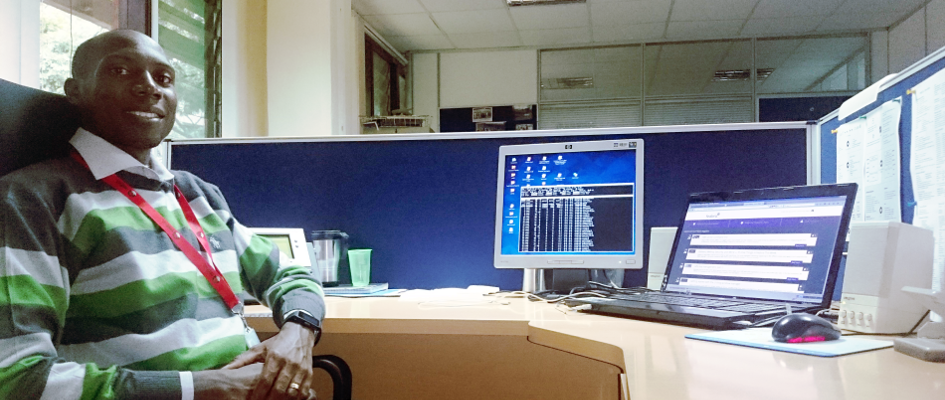







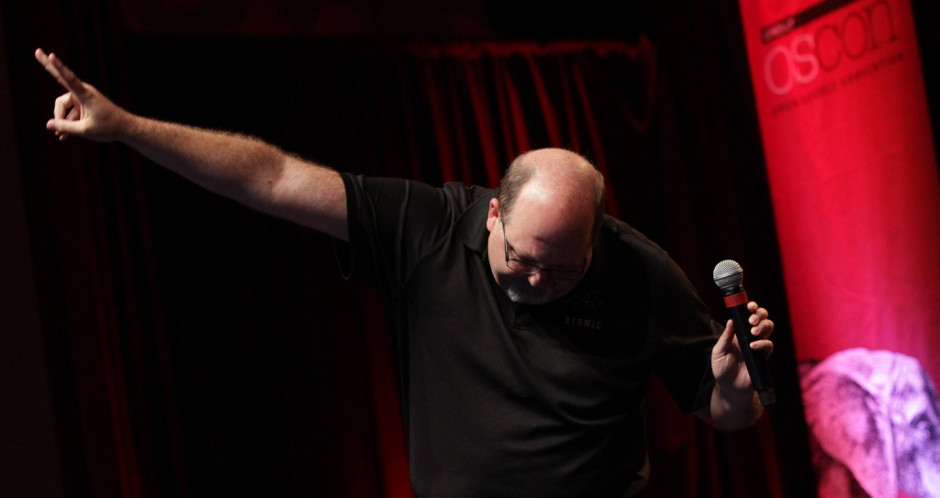


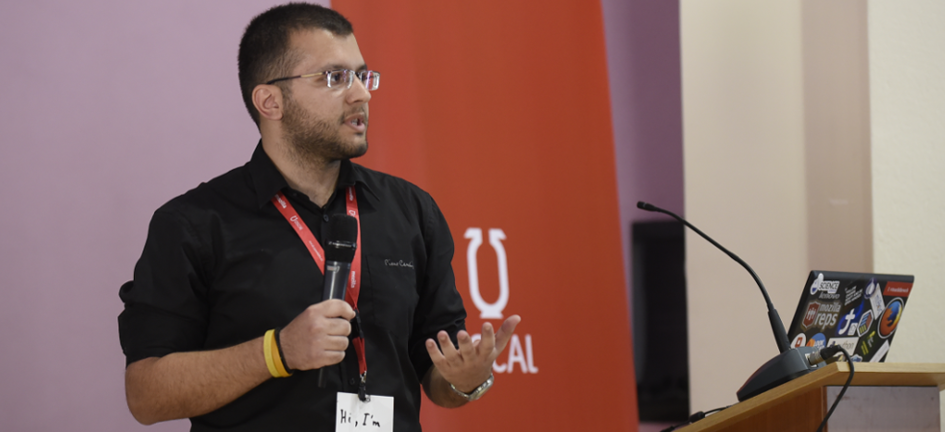


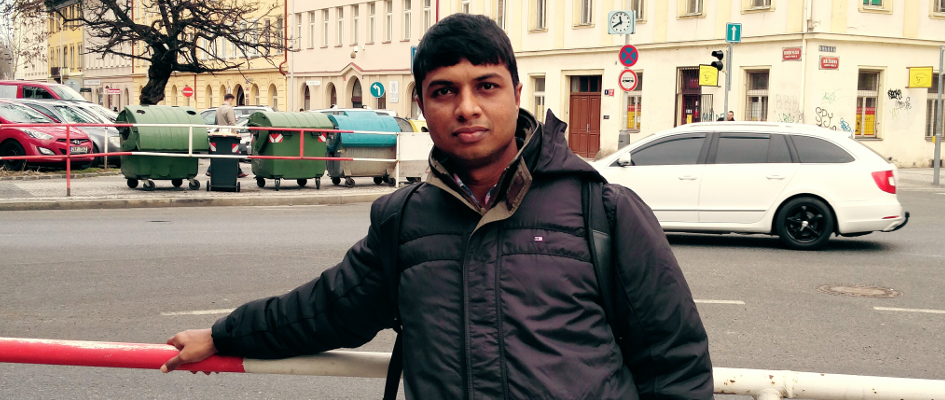
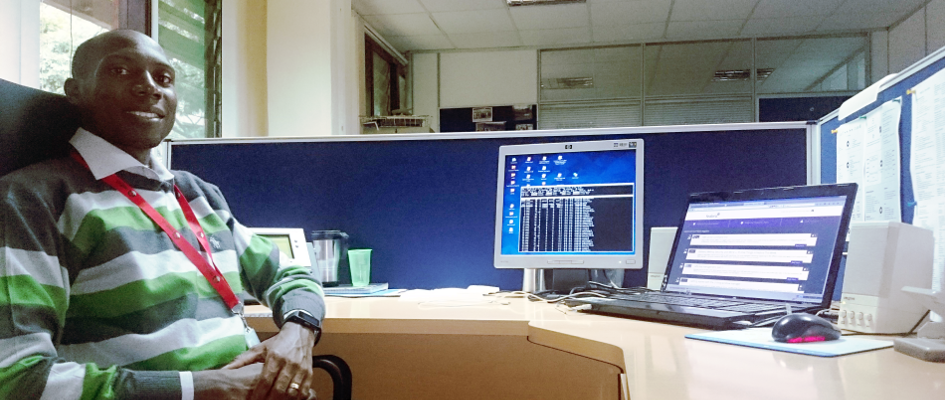
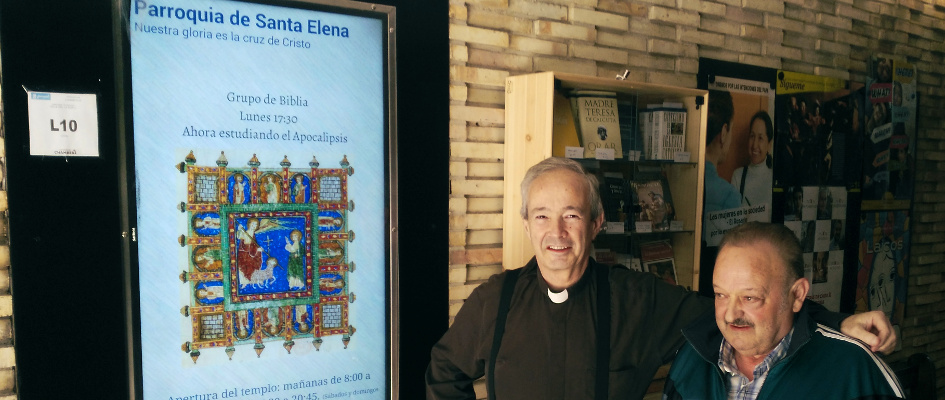

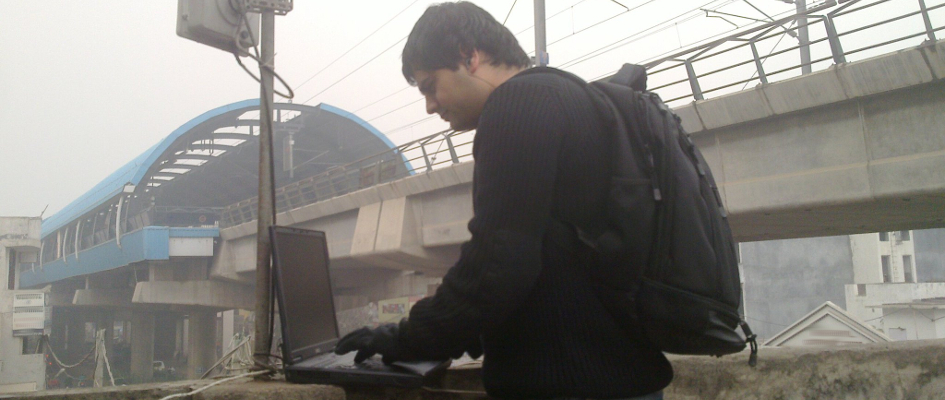
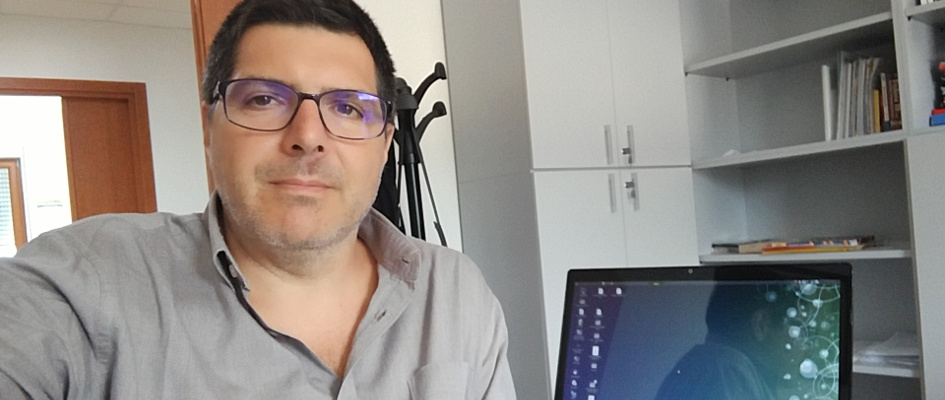



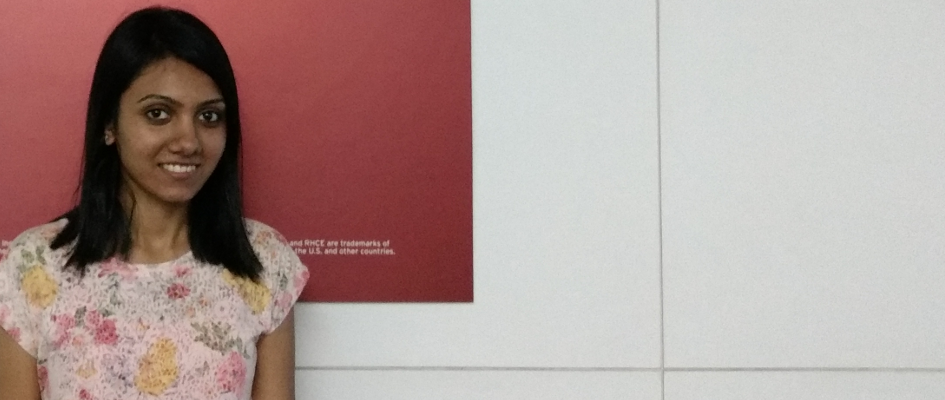

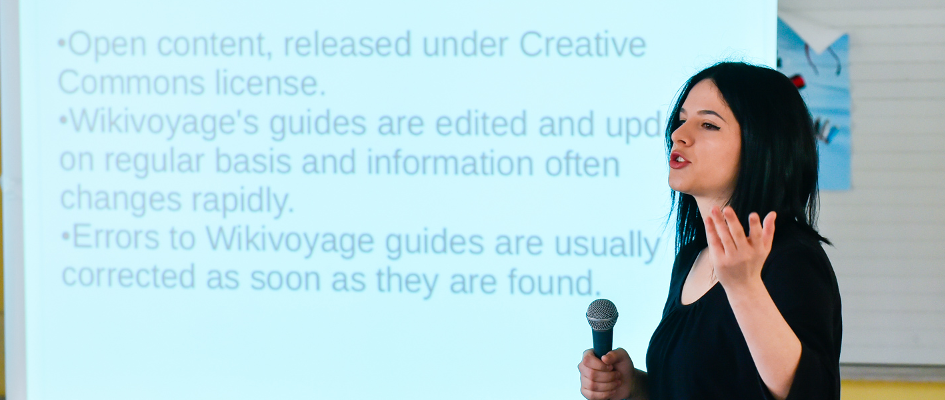

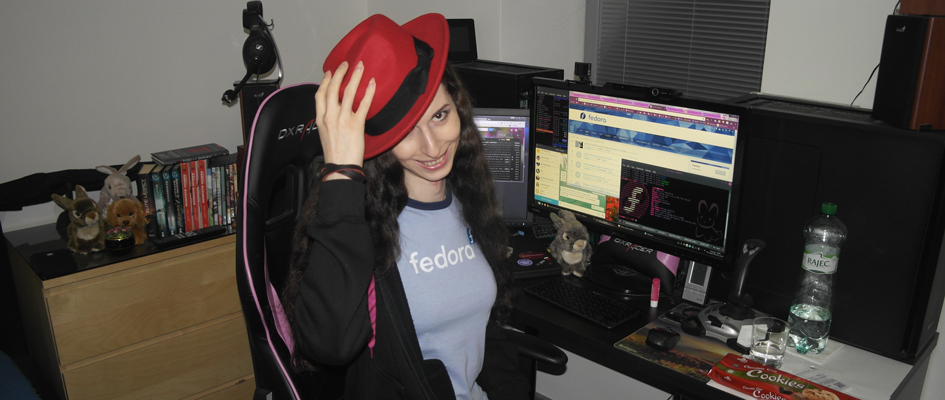
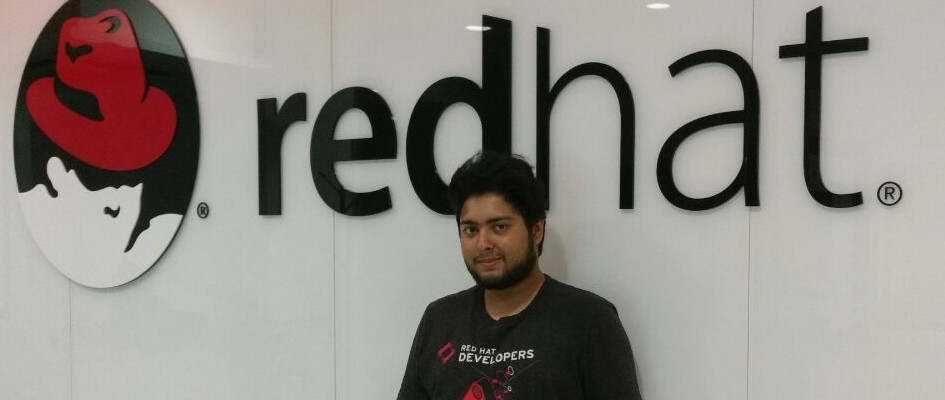
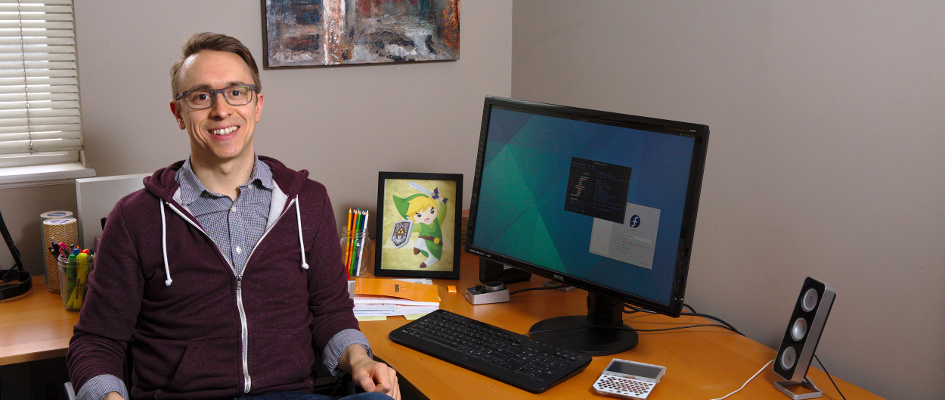
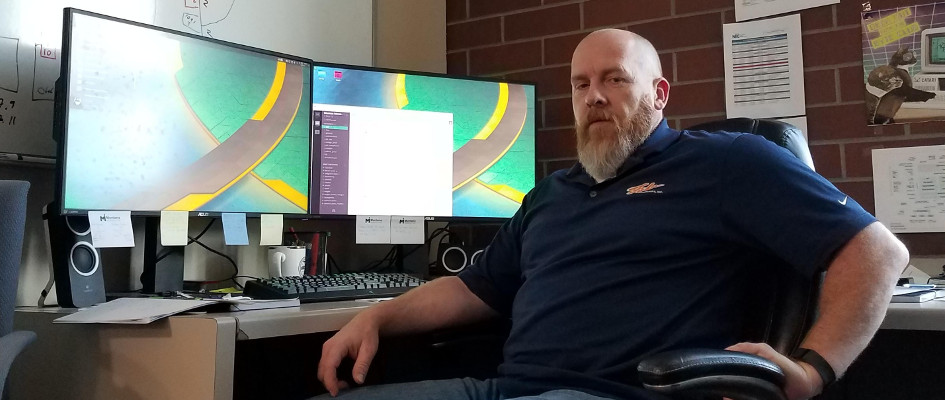













Everett
This is cool. Keep this series going.
Jonathan
I agree with Everett! These are among the posts I read most often in Fedora Magazine.
dhanvi
I agree to, these real stories also keeps me inspired 🙂
mm
That bluecurve desktop is great, it reminds me of the old times. And beautiful dogs too.
Kris
This story is cool…. I loved it.. this is why I read fedora magazine..
Ulisses
Amazing!!
DokterW
“I would change it to introduce a rolling release cycle update mechanism.”
I’d love to hear how that went tho. Kind of stopped mid-spar/mid-story with that. You can’t really have the last sentence in a par starting of like a huge segue like that. As it raises the question, “so, how did that go?”
With that said, I think a lot of users would like to see some kind of rolling release feature introduced like what opensuse did with Tumbleweed. I’d love help out with that, but I lack the skills and time.
I was introduced to linux in 1999 with Red Hat 5.2. Since then I’ve tried different distros, but I still turn back to (now named) Fedora. Why? Two simple reasons, its install is not bloated and bleeding/leading edge. The only thing that has made me try other distros is the release cycle. Now that release update is being introduced that might scratch my itch a bit, but I still yearn for a rolling release choice with Fedora.
Oh, and keep doing more of these stories, good read. Just see to it you end the pars properly. 🙂
Frederico Lima
Nice story.